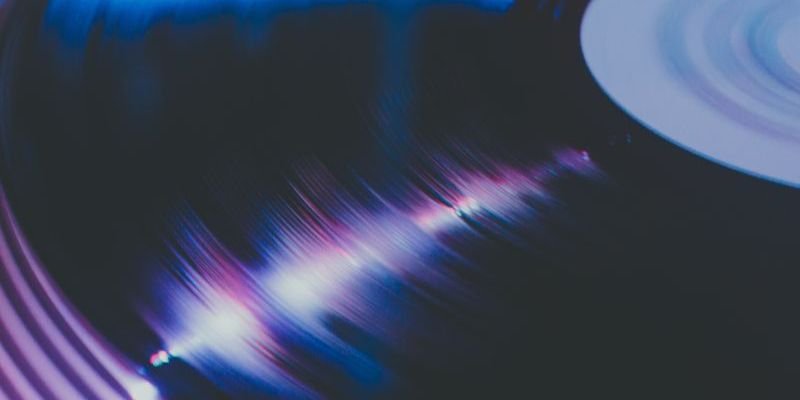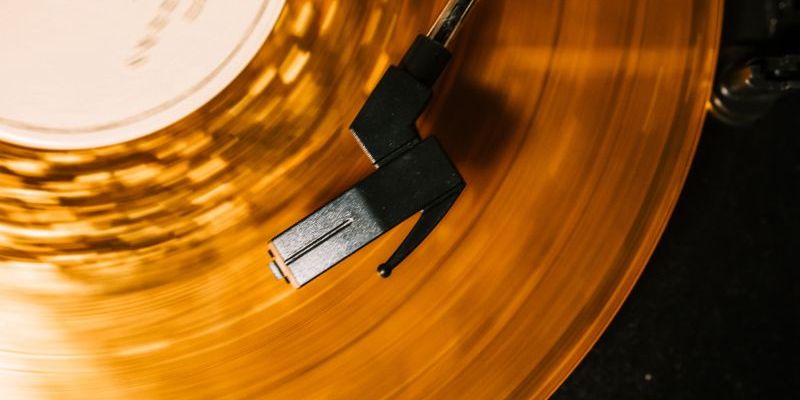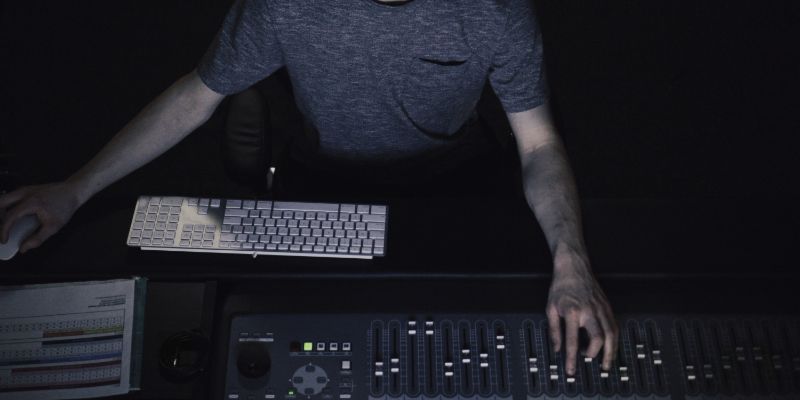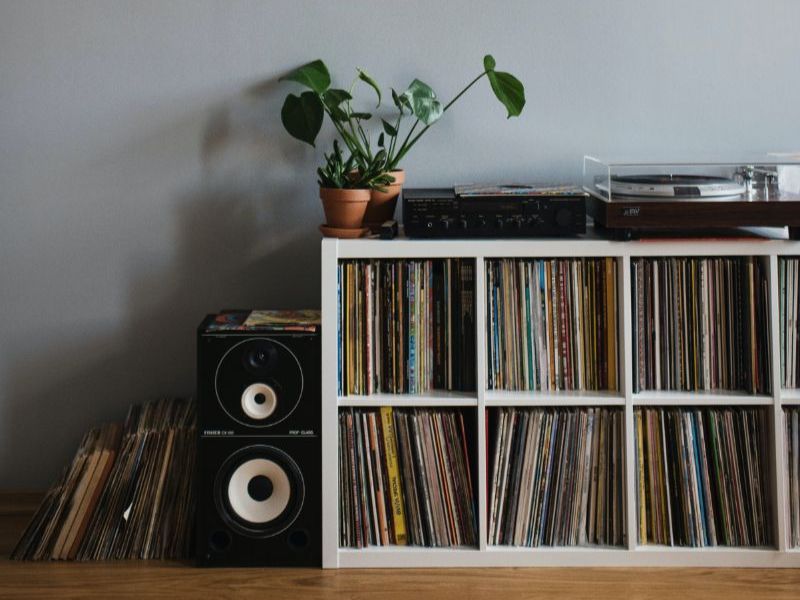RPM: rotations (or revolutions) per minute
Each type of record is designed to be played at a particular speed for several reasons. RPM tells you the speed records have to be played to enjoy them at their best. While it might be funny to alter the speed to hear your favorite tunes faster or slower than usual, it’s not the best way to treat your records.
Better sound vs speed of playback
The main reason is sound quality. Sound quality worsens when a record is played slower. So, theoretically, the faster a record turns, the better the sound quality. But allowing it to spin faster also reduces the amount of information it can hold, as more of it is read in the same amount of time. This results in a shorter playback time.
The first record players, known as phonographs, played cylinders and were hand-cranked. For a maximum of five minutes of playing time, a user would have to crank at around 80 RPM.
When the first motorized players arrived in the late 1880s, they played a disc between 70 and 80 RPM. In 1925, the turntable speed was eventually standardized at 78 RPM, in part because the 3600 RPM motor that drove the turntable had peak performance at that speed. This still only gave a playing time of around three minutes a side, and these 10-inch discs were also quite brittle, as they were made of shellac.
However, early 33 RPM records were unsuccessful because most people were listening to the radio at that point and had no need for their record players. Audio studios liked them because they cost less, but it wasn’t until 1948 that the public started to be interesting when Columbia Records released the first 33⅓ RPM records.
That interest was mainly due to the records’ ability to allow playback of entire classical music performances, including symphonies, without turning the record over. They had narrower grooves to hold more music, but they also required smaller needles.
The 12-inch diameter vinyl record (the extended play or LP) at 33⅓ RPM was eventually adopted as the standard release format for albums. Most album-length releases from the 1950s onwards use this format, even if the outer packaging varies wildly.
Each side can hold between 15 and 22 minutes of music, so most albums are no more than 45 minutes long. Double and even triple albums became popular, with George Harrison and The Grateful Dead leading the way.
The triple album also became a good way for musicians to immortalize a live show and their record companies to present career highlights and compilations.

Stars on 45?
RCA took an early punt on the 7-inch diameter 45 RPM format in 1949, but it took a few years to gain popularity. By the early 1950s, though, around the beginning of rock’n’roll’s rise, the 45 became the format of choice for the newly created ‘music chart’ rundown. These hold around five minutes of audio on each side, so they are ideal for traditional radio format singles.
Arguably without ‘the 45’, music as we know it today wouldn’t have come about. A 12 inch single or EP was a way to showcase longer tunes shortened for radio play and became a clever way for musicians to market more of their work. The ‘12 inch remix’ became popular in the 80s, and these, too, generally ran at 45 RPM. Typically the 12 inches would feature an extended mix of the 7 inch single, plus several other tracks. These could be songs that would also be found on a forthcoming album of new songs recorded specifically for inclusion on the 12 inches.
These remixes became so popular that several 80s stars released collected versions of their 12-inch singles. The 12-inch version has been deemed worthy of a feature in the Guardian, with many readers commenting to recommend their favorite mixes. The popular Now That’s What I Call Music series has also organized the finest examples.
78s are rare now, and most record players concentrate on 33⅓ RPM and 45 RPM. Some turntables can be modified to play 78s for those fans who still want to have the full range of audio possibilities, and there are a handful of models designed for all speeds.
Because the grooves are wider, playing 78 RPM records requires a different needle and other modifications to the player. It can be done, but it’s not simple.
If you’re considering cutting back your streaming in favor of more traditional ways of listening, recent vinyl sales figures suggest you’re not alone in that decision. Whether your taste is 1950s rock’n’roll or a more recent chart-topping find, a record player can play it for you.
Plus, one final thought. Should you ever meet your favorite musician in person, they can sign your record sleeve or CD insert as a memory of the occasion. They can’t sign a Spotify or Apple Music stream.








